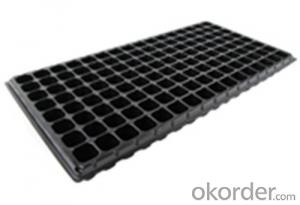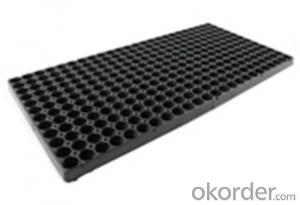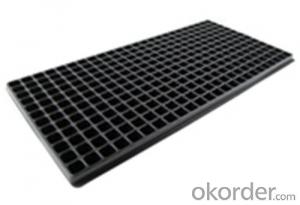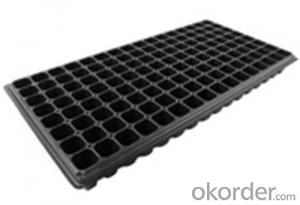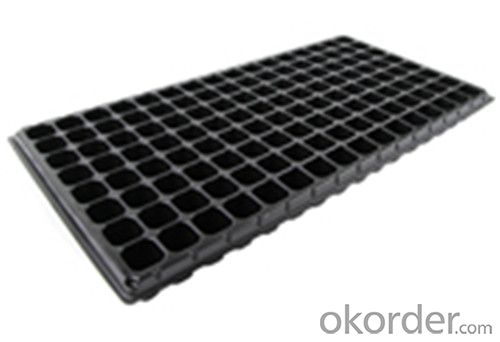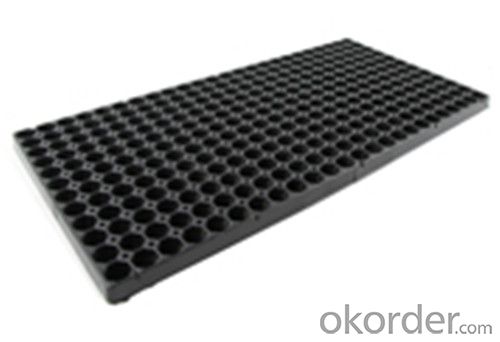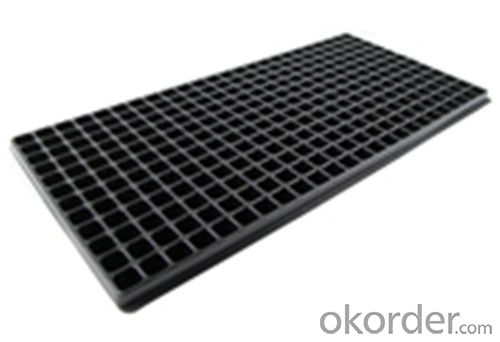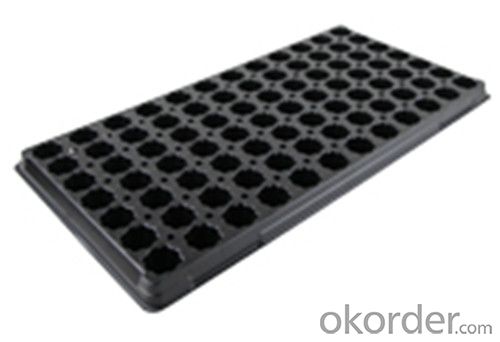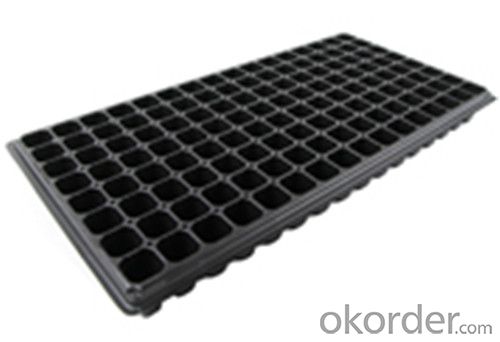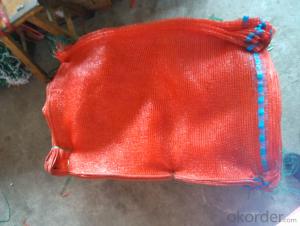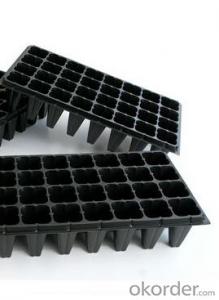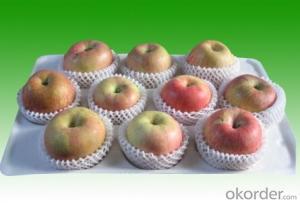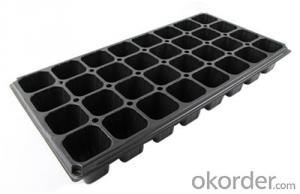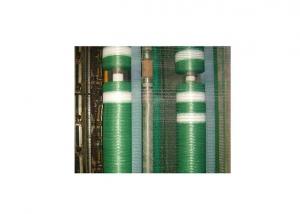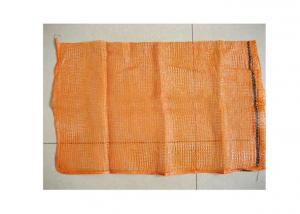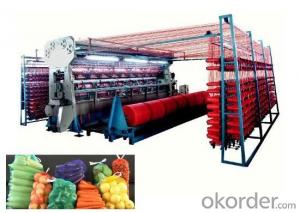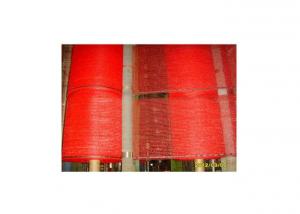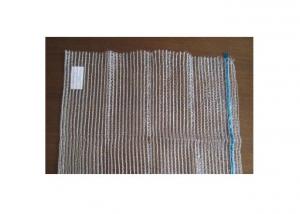Plastic Seed Tray Plug Tray for Green House Nursery Plug Tray Square Plug
- Loading Port:
- China main port
- Payment Terms:
- TT OR LC
- Min Order Qty:
- 1000 pc
- Supply Capability:
- 100000 pc/month
OKorder Service Pledge
OKorder Financial Service
You Might Also Like
Structure of the seed tray:
Top quality and competitive price.
Variety design and good appearance.
Easy to use, and remove.
Durable and reusable.
Eco-Friendly.
Description Main Features of the seed tray:
Ideal for Starting seeds and Transplanting Seedling.
Suitable for both manual and automatic planting.
Suitable for Propagating Vegetables, Flowers and other plant from seed in green-house or indoors.
Seed Tray Images:
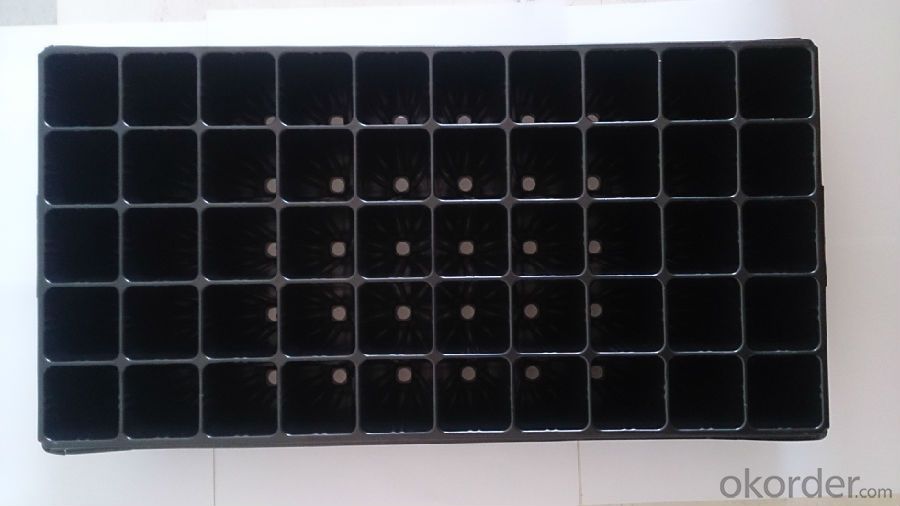
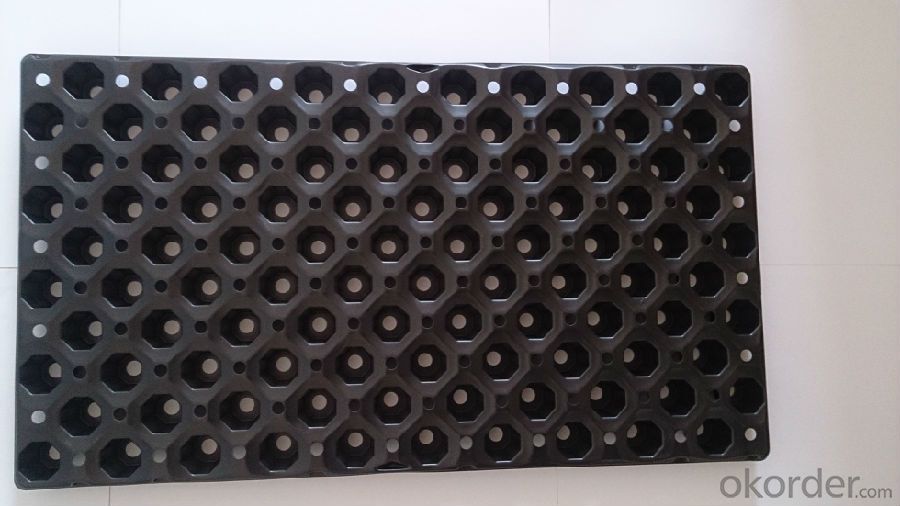
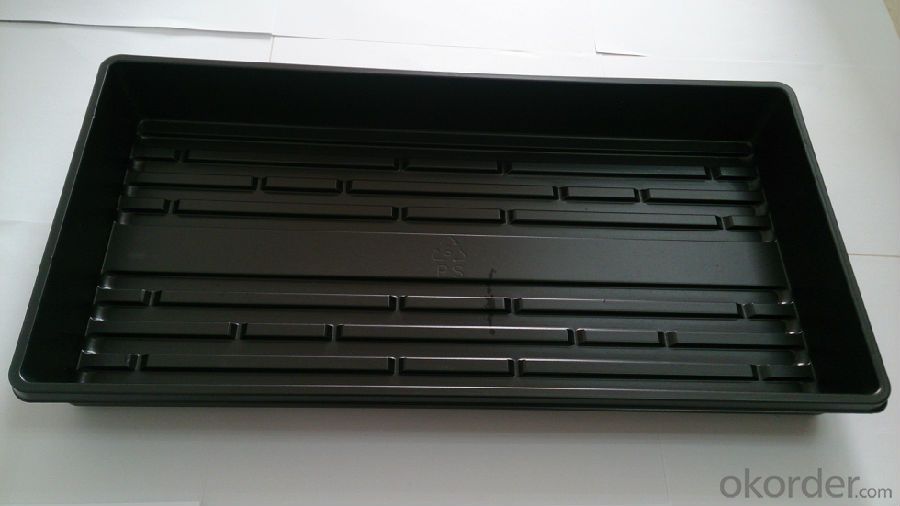
Seed Tray Specification:
Material: HIPS/PVC
Thickness: 0.5mm-1.5mm, Standard:1mm
Weight: 80g(±5)g-230g(±5)g, Standard weight:155g(±5)g
Size: length:490mm-540mm, width:190mm-345mm,depth:25mm-150mm
Standard:54mmX28mm
Cell count: 18-512
Package: carton
Using time: 8-10 times
FAQ:
Q:How Can I Get A Sample?
A:You can get samples by communicate with our export sales.
Q:How Long Is Delivery?
A:Delivery time will be 7-25 days according to order quantity.
Q:What Is The MOQ?
A:Our MOQ is 1*20FT container quantity, allow to mix several items.
Q:What Is Our Normal Payments Terms?
A:Our normal payment terms now is T/T, L/C or Western Union,Papal.
Q:How Do I Order Your Products?
A:You can check our website for any items you interest and you can also get communication with our export sales and order for it accordingly.
Q:What Kinds Of Material We Use In Our Product?
A:Our plastic flower pots use material such as PP polymer or PE polymer.
Thickness vs. Weight
Thickness of trays are from 0.5mm to 1.0mm.
1.0mm: 155g±5g; 100pcs/ctn.
0.9mm: 140g±5g; 120pcs/ctn.
0.7mm: 110g±5g; 150pcs/ctn.
0.6mm: 95g±5g; 180pcs/ctn.
0.5mm: 80g±5g; 200pcs/ctn.
Using time:
thickness of 0.5mm can be used 1 to 2 times.
thickness of 0.6mm can be used 3 to 4 times.
thickness of 0.7mm can be used 5 to 6 times.
thickness of 0.8mm can be used 7 to 8 times.
thickness of 0.9mm can be used 8 to 9 times.
thickness of 1.0mm can be used 8 to 10 times.
- Q: What are the different types of plastic tunnels used in horticulture?
- There are several types of plastic tunnels used in horticulture, including high tunnels, low tunnels, and hoop houses. High tunnels are tall structures made of plastic sheeting stretched over a frame, providing a controlled environment for growing plants. Low tunnels are smaller structures that use plastic sheeting to create a protective covering over plants. Hoop houses are similar to high tunnels but have a curved shape, providing additional height and space for plants to grow.
- Q: Roads made of plastic will be smoother. It will be an extremely/super/ultra quiet and smooth ride on a plastic road. Plastic is more flexible too, so it won't crack under heat and some movement too. Plus, plastic is cheap too. Plastic is strong too. So, why aren't roads made of plastic.
- Plastic under the heat of the sun, would deform under the weight of thousands of vehicles traveling over it. Plastic would be very brittle and crack in cold weather. Zero traction in rain, snow. Plastic is made of petroleum just like tarmac. Tarmac is cheaper than plastic, when you consider a road bed is anywhere from 4-8 thick. Imagine 4-8 thick of plastic covering a 4 lane wide highway (each lane being 8-10 feet wide, plus an extra 15 feet or so for shoulders) for 200 miles...That would drive up the cost of EVERYTHING using plastic, plus it would be so ungodly expensive, it wouldn't be worth it. Repairs would be difficult and couldn't be done in winter.
- Q: What are the different types of agricultural plastic films for silage?
- There are several types of agricultural plastic films used for silage, including oxygen barrier films, stretch films, and UV-stabilized films. Oxygen barrier films are designed to prevent oxygen penetration and maintain better quality silage. Stretch films are used to tightly wrap bales or silage bags, providing a secure and compact seal. UV-stabilized films are resistant to sunlight degradation and are commonly used for outdoor storage of silage.
- Q: What is the UV resistance of nursery trays?
- Nursery trays typically have good UV resistance, as they are designed to withstand prolonged exposure to sunlight without degrading or fading.
- Q: How do you control weeds in ground cover areas?
- There are several effective ways to control weeds in ground cover areas. Firstly, regular maintenance such as hand-pulling or hoeing weeds can help keep them in check. Mulching with organic materials like wood chips or straw can also suppress weed growth by preventing sunlight from reaching the soil. Additionally, applying pre-emergent herbicides before weed seeds germinate and post-emergent herbicides to actively growing weeds can provide effective control. It's important to choose herbicides that are specifically labeled for use in ground cover areas and follow the instructions carefully.
- Q: Can agricultural plastic products be used in hydroponics?
- Yes, agricultural plastic products can be used in hydroponics. Hydroponics is a soilless method of growing plants, and plastic products such as pots, trays, and tubes can be used to hold the growing medium, nutrient solutions, and support the plants. These plastic products are designed to be durable, lightweight, and resistant to water and chemical damage, making them suitable for hydroponic systems.
- Q: Can nursery trays be used for fern propagation?
- Yes, nursery trays can be used for fern propagation. Ferns can be propagated through spores or division of existing plants. Nursery trays provide a suitable environment for fern spores to germinate and grow, as well as for dividing ferns and allowing their new plants to take root. The trays help maintain moisture levels and provide a controlled space for the ferns' growth, making them an ideal option for fern propagation.
- Q: What are the top plastic products used in organic farming to enhance crop growth and sustainability?
- <p>The best agricultural plastic products for organic farming include biodegradable mulch films that suppress weeds without chemicals, drip irrigation systems for efficient water use, and plastic greenhouses that extend growing seasons and protect crops from pests. These products help maintain soil health, reduce water waste, and increase crop yields sustainably without relying on synthetic chemicals.</p>
- Q: That you don't have to separate the plastics by number? What do they use plastic bags for anyways? I've seen them made into benches. It's kinda dissapointing that something that might have been recirculated back into plastic manufacturing was made into a bird-poop infested bench.Why don't they use plastic bags into something useful? Or do they? Like recirculate them back into virgin plastic? Would that require separation of #2 and #4 plastics?
- Don't really know, but here in UK the larger supermarkets have a collection point for carrier bags, so I stuff all my plastic bags there inside a carrier bag.
- Q: Can agricultural plastic products be used for mushroom cultivation?
- Yes, agricultural plastic products can be used for mushroom cultivation. Plastic bags, containers, trays, and sheets can be used for growing mushrooms by providing a controlled and sterile environment for their growth. These plastic products help maintain the necessary moisture levels, temperature, and prevent contamination during the cultivation process.
Send your message to us
Plastic Seed Tray Plug Tray for Green House Nursery Plug Tray Square Plug
- Loading Port:
- China main port
- Payment Terms:
- TT OR LC
- Min Order Qty:
- 1000 pc
- Supply Capability:
- 100000 pc/month
OKorder Service Pledge
OKorder Financial Service
Similar products
Hot products
Hot Searches
Related keywords
